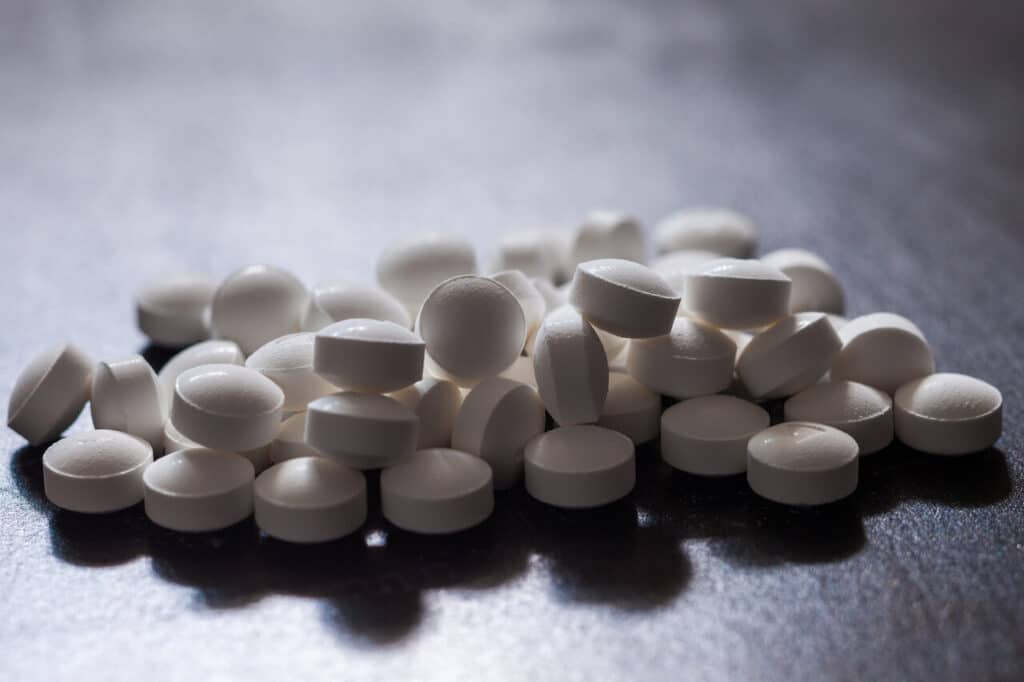Nitazenes—an emerging subclass of synthetic opioids—were found to significantly increase the rate of cardiac arrest in overdose cases and require significantly higher doses of naloxone during in-hospital treatment compared to overdoses involving fentanyl, according to a study published in JAMA Network Open on Tuesday.
The study is the first conducted with human subjects to show the clinical effects of novel potent opioids (NPOs), including brophine, isotonitazene, metonitazene, and/or N-piperidinyl etonitazene.
Researchers screened a national sample of 2298 patients with opioid overdoses who were admitted to emergency departments in US hospitals between September 21, 2020, and September 27, 2022, with 717 meeting inclusion criteria and 537 having complete laboratory testing data. Patients ranged in age from 20 to 57 years.
The primary outcome measured was the total number of naloxone doses administered, as well as cumulative naloxone doses administered as part of routine clinical care post-overdose. Among the 537 with complete testing data, 11% tested positive for fentanyl only and 9 were positive for NPOs.
On average, overdoses from NPOs required 1.33 doses of naloxone in-hospital, compared to 0.36 average doses for fentanyl overdose. Moreover, 100% of overdoses involving the drug metonitazene had a cardiac arrest.
“Given the alarmingly high cardiac arrest rate for nitazene overdose, this study should energize harm-reduction policies,” study author Alex Manini, MD, MS, professor of emergency medicine at the Icahn School of Medicine at Mount Sinai in New York, said in a news release. “And given the emergence of dangerous toxic drugs in the illicit opioid supply in the United States, future research should examine clinical outcomes from new potent opioids as the supply continues to evolve.”

